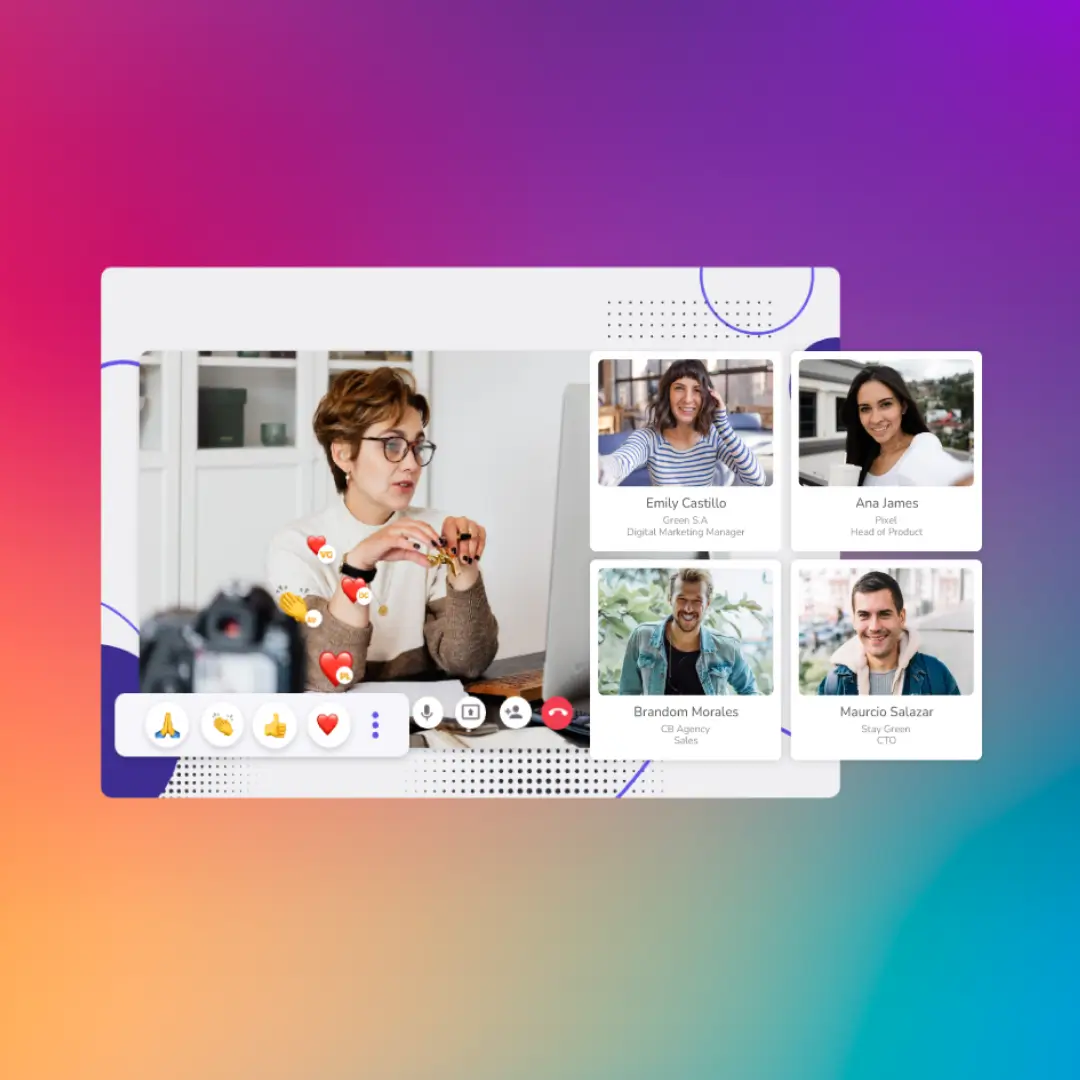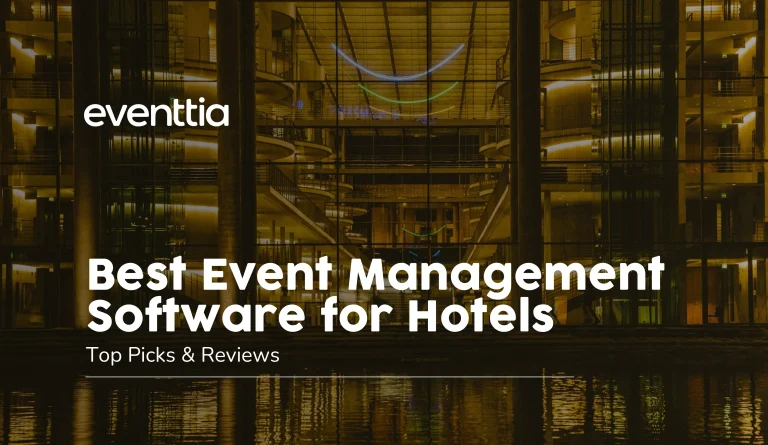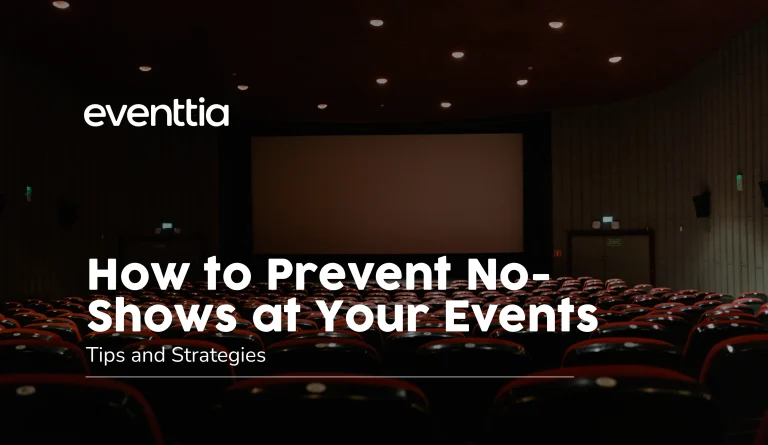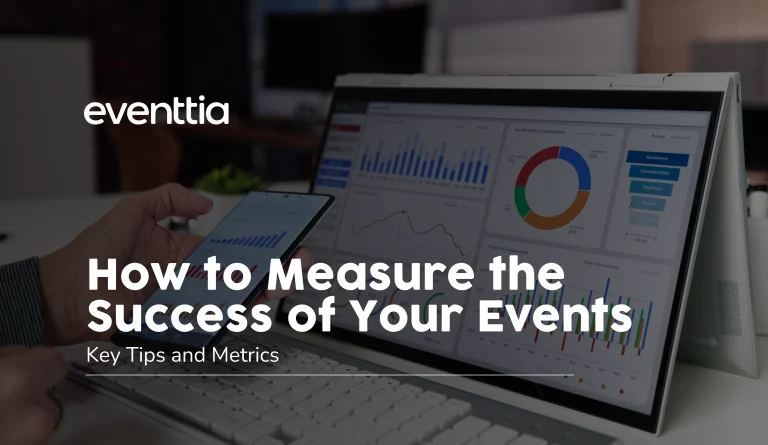Forming connections, meeting with other professionals, discussing a topic and gathering leads — there are an abundance of reasons to host a virtual networking event. And at a time where meeting in person remains largely off-limits, virtual networking is playing a crucial role in bringing us together to connect, interact and engage.
In this article, we explain how to plan and host a successful virtual networking event, guiding you through the steps you need to take before, during and after. Plus, we’ll be sharing some inspiring virtual networking ideas along the way.
How to Host a Virtual Networking Event
The success of any virtual networking event depends on four key components: Planning, design, thought and last but not least, technology. But before we go on to explore these in more detail, it’s worth discussing the basics.
First off, the more effort that goes into networking, the better the result, especially for the production and the added value your attendees will get from participating. This is why you always need to make sure you allocate enough time towards making networking a success.
Second, try and use different networking formats to keep attendees engaged by adding variety to your networking sessions. This can include virtual happy hours to speed networking to breakout roundtables and exercise or cooking classes.
And last but not least, be sure that your attendees create meaningful connections with their counterparts by dividing attendees by their information and interests.
Before the event
Virtual networking starts with preparation and planning. The more effort you put into this component of your event, the better the result will be.
Identify what you want to achieve
First, identify why you’re planning a virtual networking event, and what it is you want to achieve. The format you choose, whether that’s connecting buyers and sellers, co-workers in different locations or careers fairs, has a big say on what it is you’ll want to achieve, and how you’ll measure its success.
Think about what you want your networking session to achieve for your brand. Consider whether the goal is to build relationships, introduce a new product or service, or accomplish something else.
Make your goal as specific as possible to help you analyze the event’s success later on. For example, aim to book a follow-up sales call with 5 attendees or to get 10 people to download a resource you promoted during the event.
Define the dynamics
Now it’s time to turn this vision into an action plan with details that will help you create a framework for all that follows. First up, define the format, date and time, and duration that you want your virtual networking event to be.
Also, cast a thought to what it is you want to achieve and your target audience. Make things as easy as possible for your attendees by keeping the sessions around 15 minutes to ensure maximum attendee engagement. And sandwich networking sessions in between the content to mix things up and be sure to never have them at the start or end of the event.
Finally, consider what your technical requirements might be for all of this. For example, matchmade meetings at a careers fair while require a virtual events platform, whereas a casual video conference call can be done on Zoom or Teams.
Select the right virtual event tech
To make your virtual networking event a reality, you need to select the right tech. First off, you’ll want to consider the main factors such as cost, support and security, just like you would with any other technology.
Then you’ll want to consider what networking specific features are on offer. By this we mean, the number of attendees, the different types of meetings, matchmaking, notetaking, document sharing and so on.
Eventtia’s virtual networking gives you all of the functionalities mentioned above to provide your attendees with a flawless networking experience that’s easy to set up and manage.
Communicate logistics
Even if your attendees have attended a virtual networking event in the past, chances are that this was on a different platform with different technologies. This is why you need to use your pre-event communications to educate your attendees about how your virtual networking works.
Start off with a clear email that outlines all the actions the attendees need to take, either in the form of a step-by-step guide or even a demo video. This should walk attendees through each part of the networking process, from filling out your profile all the way through to checking the agenda of other attendees and scheduling meetings.
Finally, consider opening up the virtual stage before the event to allow your attendees to familiarise themselves with the technology and also to start scheduling meetings.
During Virtual Networking Events
The big day has arrived. You’ve done all the planning and now it’s about making the experience as smooth as possible for your attendees. To make that happen, here’s what you need to do:
Start with something social
Before allowing your attendees to dive into networking, it’s important to break the ice with an introductory and informal session. This is a fantastic way to welcome your guests and make everyone comfortable, and as the facilitator, it’s your responsibility to make this happen.
The good news is that you have plenty of options up your sleeve to create the perfect networking environment. For example, you can start off with icebreaker questions or prompts, or you can run a social activity such as yoga or a quiz.
Whatever you decide, remember to keep it simple and straightforward. The idea is to get the conversation started and to calm the nerves before your guests get started. For this reason, choose an activity that will allow your attendees to get to know each other on a personal level.
Be a good facilitator
As the event host, it’s your responsibility to make all of your guests feel at home during the event. This applies to a number of different fronts. First, be present throughout and be ready to help at any moment.
Announce the amount of time that’s left for each meeting, reach out to guests to make sure that they’re having a good time, and bring everyone together at the end of the event to thank them for their participation.
Finally, make sure that you’re ready to answer any technical questions if your participants are having any difficulties. Importantly, by doing all of these things, you will make your guests feel at ease and create the right environment that will ensure quality networking.
After Virtual Networking Events
Your event is done. Now it’s time to thank your guests for participating, get their feedback and start planning for the next one.
Send a thank-you email
Last but not least, it’s time to express your gratitude for your guests’ participation by sending out a thank you email. This is a great opportunity to reconnect with your attendees after the event has finished and to gather valuable feedback.
Share links to any content that you mentioned during the event, and provide your guests with a forum to continue talking after the event has finished. This can come in extremely handy to your attendees who want to stay connected and continue networking.
Your thank-you email also doubles up as the perfect opportunity to send out a survey to gather feedback on the event. This will come in extremely handy for future virtual networking events that you have in the pipeline.
Final thoughts
Hosting virtual networking requires a lot of planning, but with the right technology, you can create powerful events for your attendees. The goal should always be to create the right environment for your guests to create meaningful and beneficial connections.
By having a virtual events platform like Eventtia, you can host all of your meetings via the virtual stage and provide your attendees with an arena to mingle and chat. Not only this but you can also support a wide variety of networking formats to ensure quality meetings amongst your attendees.
Discover how Eventtia helps world-leading brands digitize and scale their events
Learn more
Share













